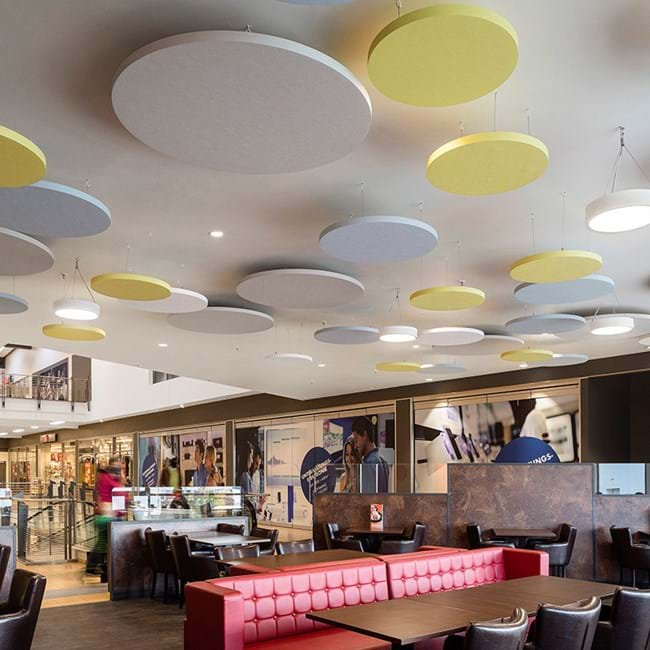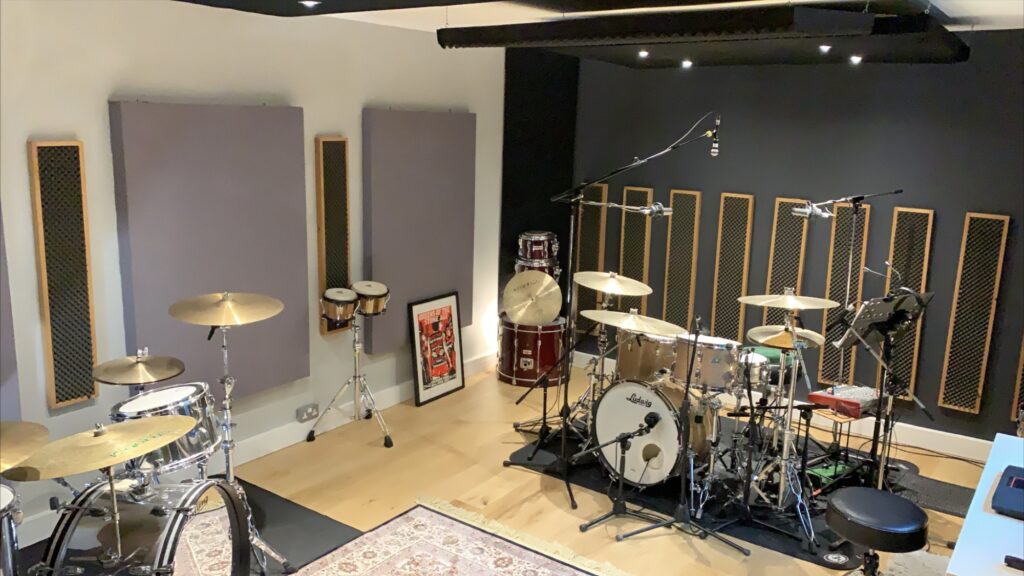In the bustling world of retail, every aspect of the shopping experience plays a crucial role in shaping consumer behavior and satisfaction. From visual merchandising to customer service, retailers constantly seek innovative ways to engage shoppers and create memorable experiences. However, one often overlooked element with significant impact is the acoustic environment of retail spaces.
Acoustic innovation in retail spaces involves the strategic application of sound-absorbing materials, architectural design, and audio technology to enhance the auditory experience for customers and employees alike. By optimizing acoustics, retailers can mitigate noise distractions, improve communication, and foster a more comfortable and enjoyable shopping atmosphere. Let’s delve into the ways in which acoustic innovation can transform retail environments:
1. Noise Reduction:
Excessive noise levels in retail spaces can be distracting and unpleasant for shoppers. Acoustic innovation focuses on reducing noise from various sources such as HVAC systems, foot traffic, and conversations. This is achieved through the installation of sound-absorbing materials such as acoustic panels, ceiling baffles, and wall treatments. By minimizing noise pollution, retailers create a more conducive environment for focused shopping and communication.
2. Enhancing Ambiance:
The auditory ambiance of a retail space significantly influences the overall perception of the brand. Acoustic innovation allows retailers to tailor the sound environment to reflect their brand identity and create a unique atmosphere. This may involve the use of background music, ambient sounds, and carefully curated audio playlists. By integrating sound seamlessly into the shopping experience, retailers can evoke specific emotions, enhance brand recognition, and prolong customer dwell time.

3. Improving Communication:
Effective communication is essential for providing excellent customer service in retail settings. However, noise interference can hinder communication between staff and customers, leading to frustration and misunderstandings. Acoustic innovation includes measures to improve speech intelligibility by reducing reverberation and background noise. This facilitates clearer communication, enhances the shopping experience, and fosters positive interactions between staff and customers.
4. Spatial Design:
Architectural design plays a significant role in shaping the acoustic characteristics of retail spaces. Acoustic innovation involves collaborating with architects and designers to optimize the layout, materials, and construction techniques to achieve desired acoustic goals. This may include the strategic placement of sound-absorbing elements, the use of soundproofing partitions, and the incorporation of acoustic-friendly materials into the building design. By integrating acoustic considerations into the spatial design process, retailers can create harmonious environments that resonate with customers.
5. Technology Integration:
Advancements in audio technology offer retailers exciting opportunities to enhance the auditory experience in-store. Acoustic innovation may involve the deployment of sound masking systems to mask unwanted noise and improve privacy. Additionally, immersive audio solutions such as directional speakers and spatial audio technology can be used to create interactive and engaging retail experiences. By harnessing the power of technology, retailers can captivate customers’ senses and differentiate themselves in a competitive market.
Contact Waseem Muhammad Technical Soundproofing Expert in Dubai: +971 50 209 7517
In Conclusion
Acoustic innovation holds immense potential for transforming retail spaces into immersive and harmonious environments that delight customers and drive business success. By prioritizing acoustics as an integral part of retail design and strategy, retailers can elevate the shopping experience, strengthen brand identity, and cultivate lasting customer loyalty.
FAQs:
Can acoustic innovation be applied to all types of retail spaces?
Yes, acoustic innovation can be tailored to suit various retail environments, including boutiques, department stores, shopping malls, and pop-up shops. The specific acoustic solutions will depend on factors such as the size of the space, the nature of the merchandise, and the target demographic.
How do I determine the acoustic requirements for my retail space?
Assessing the acoustic needs of a retail space involves conducting a thorough analysis of factors such as ambient noise levels, reverberation time, and communication requirements. Consulting with acoustic experts and conducting acoustic measurements can help identify areas for improvement and develop tailored solutions.
Will acoustic innovation increase construction costs for retail projects?
While incorporating acoustic innovation may involve initial investment in materials and technology, the long-term benefits outweigh the costs. Improved customer satisfaction, enhanced brand perception, and increased sales potential justify the investment in creating acoustically optimized retail spaces.
How can I maintain the acoustic integrity of my retail space over time?
Regular maintenance and monitoring are essential for preserving the acoustic performance of retail spaces. This includes cleaning acoustic panels, inspecting soundproofing materials for wear and tear, and addressing any issues promptly to ensure optimal sound quality and comfort for shoppers.




